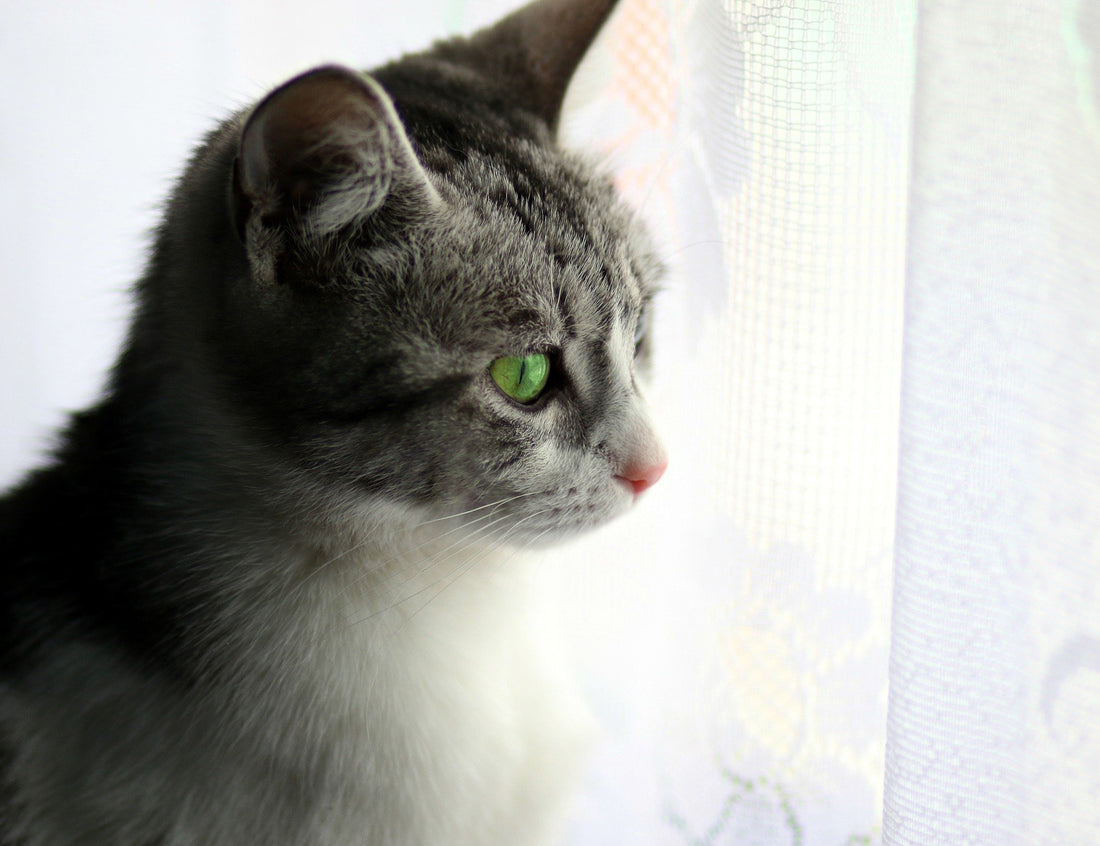
How To Help Your Pet Adjust To Post Pandemic Separation Anxiety
Share
The pandemic was hard on all of us. Learning to work from home and keeping curious cats out of our Zoom meetings, or even worse, dealing with being furloughed or laid off took a mental toll. Fortunately, we had our pets to help us through the difficult times. As hard as everything was on us, our pets loved having us home.
Now that things are starting to ease back to normal, our pets will have to adjust to having us gone again. Some animals may not seem to care and may even be glad to have their alone time again. Others will have a harder time adapting to having us gone again.
How can you tell how your pet is coping with their newfound alone time? Changed behavior is a big indicator. Things like clinginess or destructive behavior, for example, are evidence of separation anxiety.
Our pets were there for us, now it’s our turn to be there for them. We have some tips and tricks that will help your pet deal with separation anxiety. Keep reading to find out how you can make the transition back to normal life easier for your pet.
Recognizing Separation Anxiety
First, it’s important to recognize whether your pet is suffering from separation anxiety or isolation anxiety. Separation anxiety occurs when your pet is attached to a specific individual or individuals and becomes stressed when that person is gone. Isolation anxiety, on the other hand, occurs when a pet simply does not like to be left alone. The term separation anxiety is commonly used to describe both of these phenomena, but pinpointing the type that your pet suffers from will help you work to ease their anxiety.
If your pet is suffering from separation anxiety (or isolation anxiety), you may have noticed some behavior changes. Separation anxiety can manifest as:
- Urinating or defecating while you’re gone. For cats, this means finding places outside the litterbox to leave a “memo”.
- Destructive behaviors like chewing your shoes, digging the floors, or scratching the furniture while you’re gone. Sometimes this can even occur to the point of injury.
- Dogs may bark, howl, or whine when left alone. Cats may meow or cry.
- Pacing in a fixed path. This behavior, in particular, is hard to spot unless you monitor your house with cameras.
- Cats may vomit up hairballs.
- Both dogs and cats may attempt to escape.
- Extreme levels of excitement when you come home.
- Your pet may try to stop you from leaving.
- They may start to act depressed or especially clingy if they can tell you are getting ready to leave.
How To Help Soothe Your Pet’s Anxiety
If your pet has only recently begun to develop separation or isolation anxiety due to the change in schedule, it will be easier to help work through this new problem. For cats and dogs who have suffered from long-term anxiety, soothing their stress will be more challenging but is not impossible! Here are some ideas to help ease their stress while you are away:
- Keep the TV or radio on. Sometimes all your pet needs is a little background noise to keep them calm.
- For cats, provide places where they can survey the outdoors. Tall scratching posts with platforms or specially designed window shelves can help give your cat something to focus on besides you being gone.
- Go through your “leaving rituals” without leaving the house. Put on your shoes, grab your keys, and then sit on the couch. Over time your pet will stop associating these things with the fear of you leaving.
- Stay calm when you return home, and have them perform some commands to prevent them from getting over-excited when you get home.
- Practice leaving and coming back. Leave the house for a few minutes at a time and then return before your animal has a chance to work itself into a panic.
- If you have a backdoor, but you usually use the front door, try leaving through the backdoor to change things up and break the association with the front door and leaving.
- If you have a dog, try crate training. This doesn’t work for all dogs, but for some dogs, their anxiety stems from feeling like they need to “protect” a large space. A crate gives them their own safe place and is soothing to many dogs. Some may even start looking for their crate in other situations that make them anxious. Reward your dog with a treat for going into the crate, and don’t leave them in a closed crate if people are home. If you’re interested in crate training your dog, be sure to talk to a trainer to help the process go smoothly.
- Make a kitten corner. A nook just for your cat gives them a place to go that is all theirs and makes them feel safe and comforted.
- Try doggie daycare. If you don’t have time to devote to behavioral training, doggie daycare may be just what you need. Your dog will be able to socialize and will have human (and canine) company that will keep them stimulated.
- Schedule a pet sitter. Even if it's just having someone come by in the middle of the day to play with your cat or dog, this can help ease the stress of being home alone all day. A well-exercised dog or cat has much less energy to expend on destructive behaviors.
- Try a calming product. A few drops of a pet-safe CBD oil like Companion’s Best Day may help your pet stay calm, which in turn will help training methods to be more effective. Or check out Restful Pet with chamomile and valerian root to promote contentment during stressful events.
The most important part of helping your pet work through separation anxiety is to remain calm. Getting angry will not help your pet, and yelling will only increase their anxiety and make their fear worse. If you stay calm, your pet will also feel more at ease, and you will see a reduction in negative behaviors more quickly.
Just like with humans, your pet’s anxiety can be difficult for them to go through. A supportive and loving environment is the best start to help your pet get past their separation anxiety and enjoy the new normal!
